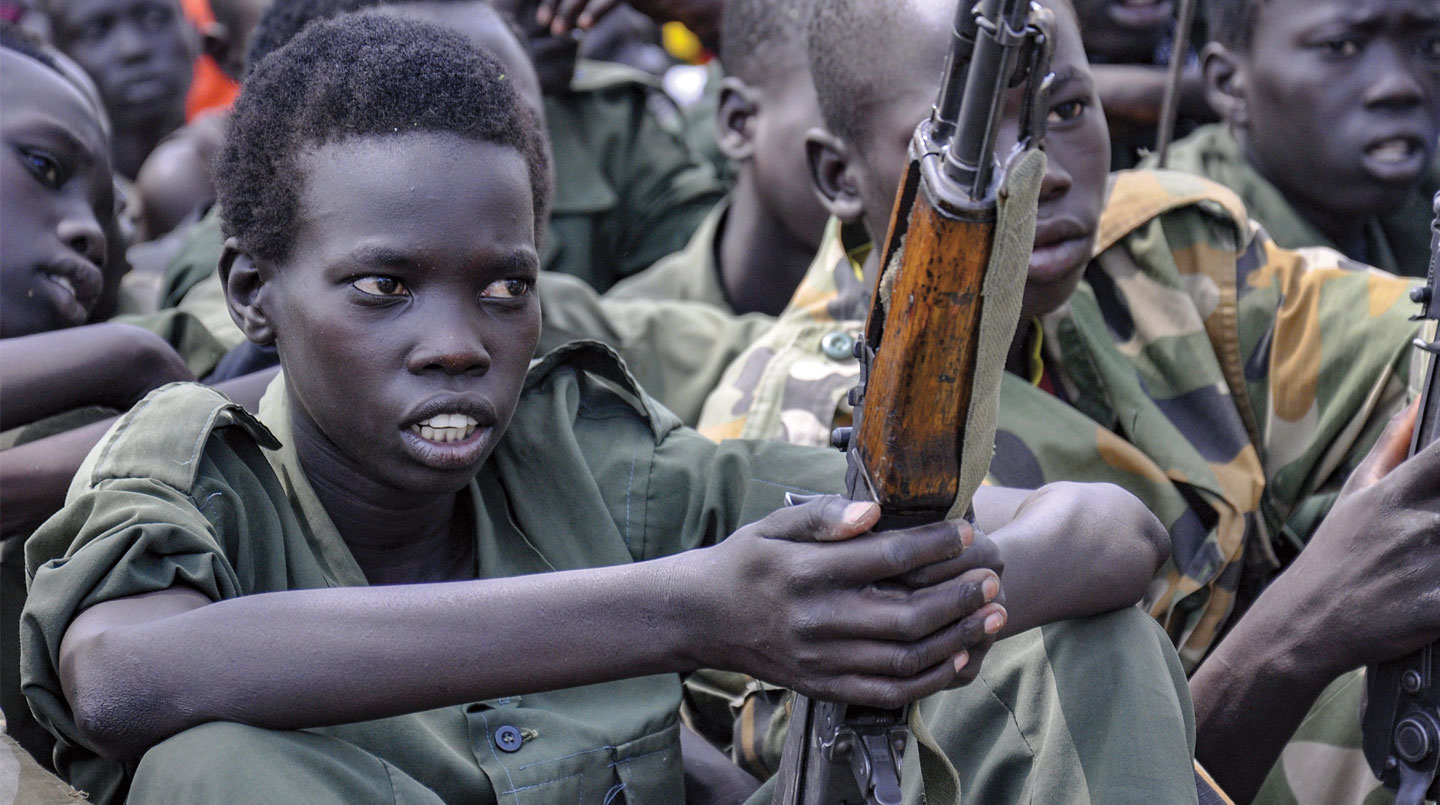by ZULFIQAR A. BHUTTA, ROBERT HARDING, GEORGIA B. DOMINGUEZ, & PAUL H. WISE

Protecting the lives of children in Gaza and other conflicts requires changes to the rules of engagement and global responses to all conflicts affecting civilian populations, argue Zulfiqar Bhutta and colleagues
The rules of war and existing regulations have become increasingly unable to protect civilians from harm in conflicts around the world. The large death toll among children in Gaza continues to provide the most tragically prominent example of this reality. More broadly, international institutions and humanitarian norms have remained impotent in preventing mass civilian casualties in various settings, including Ukraine, Sudan, and Tigray.123 Much has been said on the genesis of the Gaza conflict and other conflicts, and the tactics being employed by the combatant parties,4 but here we examine the Gaza conflict’s humanitarian effect on children and its implications for the protection of children in other conflict settings around the world.
The attack on Israel by Hamas on 7 October 2023 triggered a devastating military response by Israel that is still ongoing in September 2024. Over the past 10 months in Gaza, the protections afforded civilians in international humanitarian law have been largely ineffective.5 The 1994 genocide in Rwanda is estimated to have killed between 500?000 and 1 million people,6 but other than this there have not been as many civilian deaths in such a short period. The UN Office for the Coordination of Humanitarian Affairs (OCHA) reports that 40 534 Palestinians were killed from 7 October 2023 to 28 August 2024, many of them women and children.7 The reliance on the Gaza Ministry of Health for casualty figures has been questioned, particularly as these numbers do not well distinguish between civilian and combatant deaths and cannot distinguish between the number killed and those who remain listed as missing. Nevertheless, independent assessments have generally substantiated the early tallies of the Gazan ministry, although more recent casualty data may be less reliable as the health information system in Gaza has been largely destroyed and the full numbers may be evident only once the rubble is cleared.89
BMJ for more
